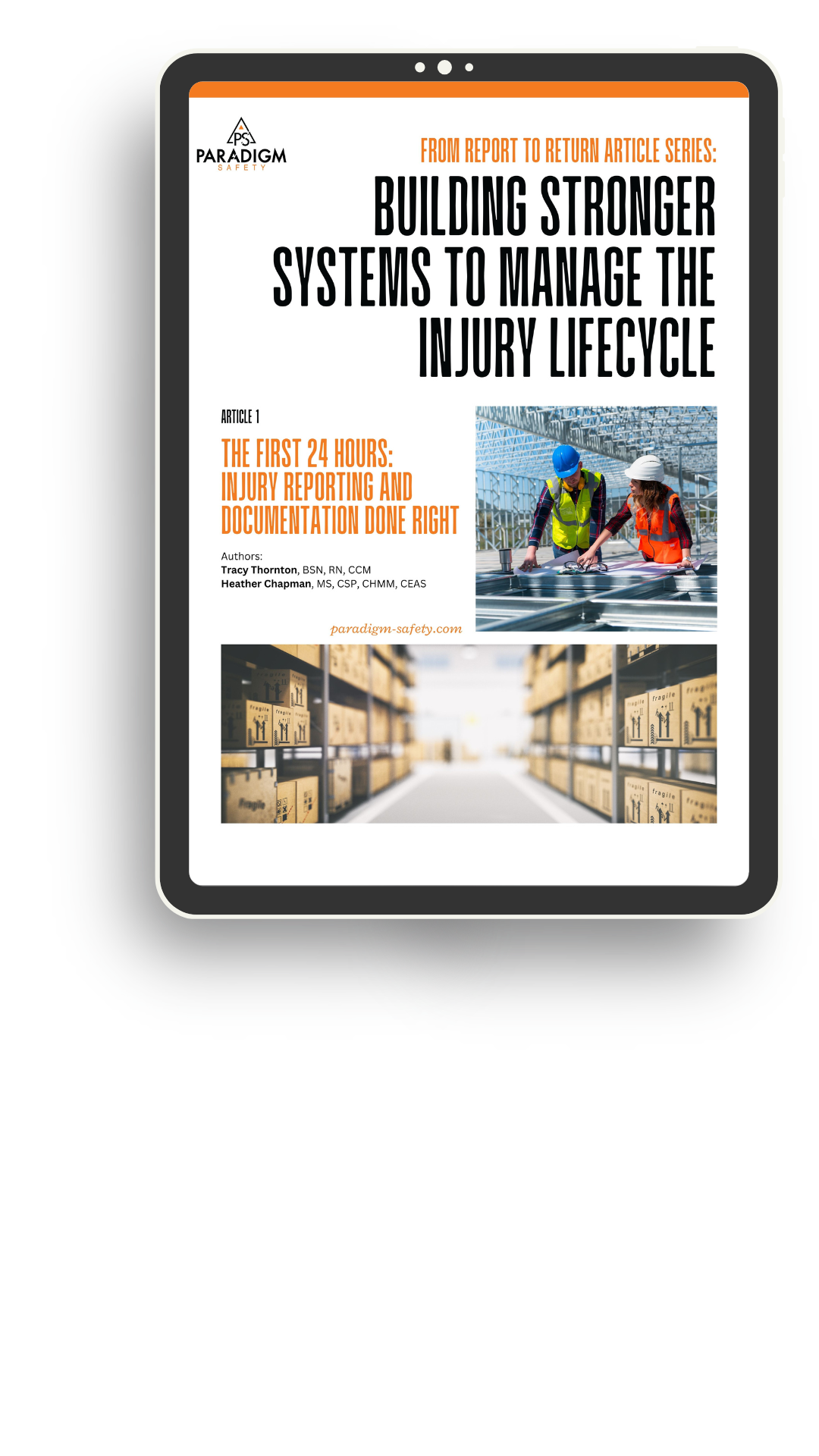United Farmer of Alberta Case Study
Case Study with Soter Analytics
Behavior changing wearables result in an 86% reduction in ergonomic injuries



“The behaviour and the complacency that’s in place is where the problems stem, so for one to change the complacency or change the behaviour, you have to work on changing habits, re-elevate your existing program, and start thinking more proactively.”
General information
UFA Co-operative is one of Canada’s largest and most dynamic farm and ranch supply operations and petroleum distribution networks.
They believe that changing the movement behaviour of their workers is key to reducing ergonomic injuries and workers’ compensation claims and are committed to providing personalized attention and proactive strategies to enhance the long-term health and wellbeing of their workers.
The Challenge
UFA has consistently developed programs, looked at online/face-to-face training, strategized new safer practices, -warm-up stretches; they’ve done it all. And although all these solutions have been beneficial, they found them to be short-term and unsustainable for the tenured or new workers.
Virginia MacKay, Incident Investigations Specialist & Senior H&S Advisor at UFA was challenged by their distribution center to come up with ways that could improve their claims history when it came to worker injuries. Specifically, at distribution, the claims typically were all about ergonomics, neck strains, back strains, and pulled shoulders.
After researching, UFA landed on the SoterCoach wearable technology solution offered by Soter Analytics.
The SoterCoach solution consists of a small self-attaching clip-on device placed either on the collar of a shirt for spine safety or connected to an arm strap for shoulder safety.
The sensors capture and alert the workers via real-time haptic feedback of any high-risk spine movements including, lumbar flexion, rotation, static postures, repetitive movements, and identified any high-intensity movements.
All movement data is fed back to a companion app where workers can view their own personal results and follow micro-learning manual handling tutorials.
The Results
In November 2021 UFA rolled out the program on their pickers, sorters, and receivers at their DC and then due to the resounding success, continued in their retail stores, yard areas, bulk petroleum and cardlock facilities.
The results have easily justified the program with the longitudinal data showing that in 2021, before introducing Soter, the number of injuries and claims was consistently increasing. In Dec 2021 after Soter was implemented, there is a plateau in both claims and injuries resulting in:
- 86% – Reduction in Ergonomic injuries
- 67% – Reduction in recordable workers’ compensation claims (WCB)
- 43% – Overall improvement in the number of spine hazards per hour
- This equates to a 86% reduction in total ergonomic injury costs* with an 11 x Return on Investment.
In addition to the direct cost savings for reduced WCB claims, UFA is also trending towards a reduction in their WCB premium, which is based on the last 3 years of claims.
Direct cost savings to UFA included:
- Reduced hazardous movements → reduced biomechanical risk → reduced risk of injury
- Reduced the cost of manual handling training
- Reduced the requirement of observation/supervision of employees
- Profiling of hazardous tasks (task risk assessment) for their further elimination
- Reduction of claims costs & lost workdays
Priceless contributions included:
- Reduction of claims costs & lost workdays
- Employee empowerment and autonomy
- Proactive insight into work done in the workplace
- Improved lifting techniques outside of work (24/7)
Workers Feedback
“The Soter device I wore for the 10 days was great. In the beginning it would beep a lot but tapered off towards the end of the 10 days. I knew I was improving. It really did help me on how to bend properly and how to pick up things along with posture and twisting. It was good to see how well I did”.
“I truly believe that everyone should wear the Soter device because it helps you learn and understand how much pressure we put on our backs every day. The tutorials were a nice added touch with valuable information. I can now self-trigger myself when I am about to lift anything and it’s all thanks to the device”.


Data Insights
The data collected by the devices was displayed on an online dashboard for management and was able to show UFA what site, what departments and what job roles were at highest risk, and where to focus their attention.
Among other data, UFA found that in the DC, their pickers and sorters were the workers most at risk and poor bending, back twisting and repetition seemed to be the constant issue there. The data showed them exactly what area and which task was causing the high risk, so they were able to implement a tool to eliminate the risk and then obtain a comparison data report afterward.
DOWNLOAD THE EXCLUSIVE ARTICLE
The First 24 Hours: Injury Reporting and Documentation Done Right
When a workplace injury happens, your response in the first 24 hours can change everything. From the moment of injury to the final report, each step has the power to shape recovery, reduce claims costs, and build a culture of trust. This insightful article by safety and healthcare experts Tracy Thornton and Heather Chapman walks you through the critical elements of effective injury response, including immediate reporting, thorough documentation, and creating a transparent, supportive culture. Download this essential article to learn how to:
- Streamline injury reporting and documentation
- Support timely and appropriate medical care
- Prevent costly delays and long-term disability
- Foster a culture of transparency and psychological safety
Download this newly released article, and connect with us if you would like to implement this in your organization.
"*" indicates required fields

Contact Paradigm Safety
with Heather Chapman of Paradigm Safety
"*" indicates required fields

